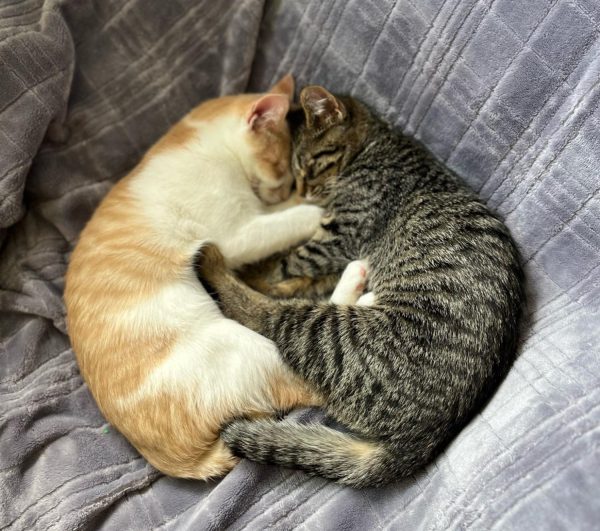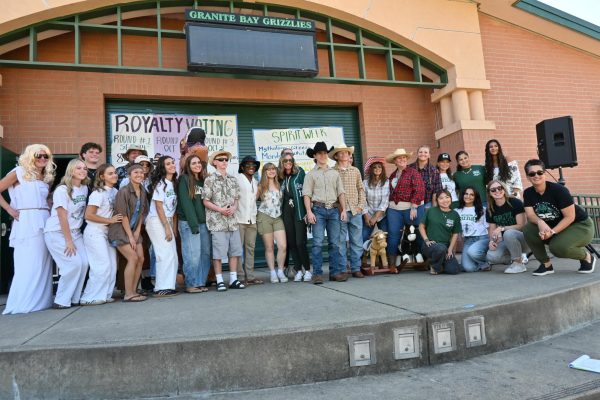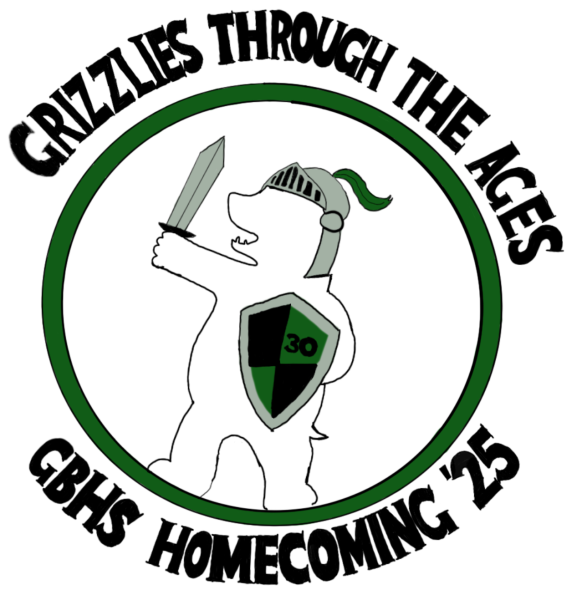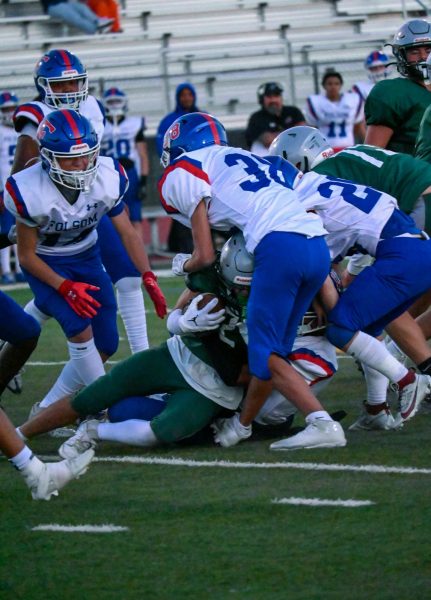What is gaslighting?
As the term ‘gaslighting’ heads into many teens day to day vocabulary, the misuse and misunderstanding of the word leaves many to wonder, what does it even mean?
According to Paige Sweet, gaslighting is “a type of psychological abuse aimed at making victims seem or feel ‘crazy’ creating a ‘surreal’ interpersonal environment.”
Gaslight, gatekeep, girl boss.
The term ‘gaslighting’ in the everyday teen vernacular is prevalent in this coined phrase; many teens seem to have integrated ‘gaslighting’ into their vocabulary, but it begs to question whether they understand what they are truly saying.
Gaslighting originates from Patrick Hamilton’s 1938 play “Gas Light ” and has recently resurfaced in “The Gaslight Effect” by Robin Stern in 2007 and “Gaslighting America” by Amanda Carpenter in 2018.
Teens who use this term today have mainly picked it up via social media.
“I think I probably first heard about gaslighting on social media or like some kids saying it and after that, I had to kind of research and look into it,” Calvin Lincoln, a senior at Granite Bay High School, said.
Though, not all individuals come to an understanding of gaslighting’s definition by researching or turning to a dictionary.
“I learned about gaslighting kind of through my sister, on TikTok and social media,” Jocelyn Espinoza, a sophomore at GBHS, said. “I don’t really have a definition, but more of like examples of what gaslighting actually is.”
A research paper published by Paige Sweet, an assistant professor in sociology at the University of Michigan, defines gaslighting to be a type of psychological abuse aimed at making victims seem or feel ‘crazy’ creating a ‘surreal’ interpersonal environment.
“I would say people throw (the term ‘gaslighting’) out there as a general, ‘oh, he’s gaslighting me for no reason,” Lincoln said. “I think it’s more manipulation, they don’t really know what they’re talking about.”
Even in doing research and gaining a basic understanding of gaslighting’s denotation, defining the line between manipulation and gaslighting is a common misconception that can spark confusion and inhibit full comprehension.
“Gaslighting is a form of manipulation, but manipulation isn’t necessarily gaslighting,” Natalie Elkin, a psychology teacher at GBHS, said. “Whereas gaslighting is about making the other person doubt their reality, the purpose of manipulation can be anything from trying to get your parents to say yes to your request or trying to get your teacher to offer extra credit. Manipulation isn’t always harmful, but gaslighting is.”
Spotting malintent can be challenging, so Elkin utilizes examples to convey how gaslighting can be encountered in everyday settings and situations.
“On campus, in a toxic friend group, one person may have been excluded from a social event, and then asked one of the group why they weren’t invited,” Elkin said. “Gaslighting would sound like: ‘Oh remember you said last week that you were going to be busy, so we didn’t invite you.’ or ‘We were actually upset that you didn’t let us know whether or not you were coming. You were totally invited and just ignored the invitation. What’s up with that?’.”
Students are not estranged from using the term in respect of school as well.
“I hear it occasionally, but not often,” Elkin said. “I’ve heard it used to describe a teacher’s behavior, administration’s behavior/rules/decisions. I’ve also heard it used in reference to a relationship they’re in. Usually, I don’t get enough information about the context to know whether they are using it correctly or not.”
Just as there are no bounds to where one can be gaslit, there are no bounds to who can fall victim as well; the characterization of individuals who resume the perpetrator and victim role can be loosely specified.
“There is no simple answer to (who can be a victim to gaslighting), but there seems to be a correlation between people with low self-esteem and/or highly empathetic and being a victim of gaslighting,” Elkin said. “And there is a correlation between those who score high on the narcissism scale (and/or want to gain power over others) and those who gaslight.”
Recognizing gaslighting on both situational and broad levels is necessary, as it allows for the issue to be acknowledged and addressed; a lack of knowledge of tell-tale signs or examples to refer to allows gaslighting to be overlooked.
“Honestly, I didn’t know there was an actual term to what was happening to me until I guess within the past two years,” Jerimae Pielago, a senior at GBHS, said. “You’re being gaslighted in front of your eyes and you don’t even realize it.”
For students on campus who recognize they’re a victim of gaslighting, Elkin recommends turning to a trusted support system.
“I think talking with a therapist/counselor in the Wellness Center is a good start,” Elkin said. “They can help a student feel seen and heard, and can help them navigate decisions about how to handle the situation.”
When targeted by a group of people, a different approach may be taken to address the situation.
“(A student gaslit by a group of people) should get outside support to share their experiences and get validation from their reality,” Elkin said. “It would be helpful to learn strategies to notice signs of gaslighting for the future, and sever their connections with the toxic group of people.”
As gaslighting continues to gain prevalence in both everyday settings and pop culture, understanding what to look for is key in recognizing its presence.

Chloe is a senior and assistant editor of the Sports and Entertainment section. This is her second year on the Gazette staff.









![A group photo of all students who came to STN at the first Cinefest of STN were they showed films that other schools did for some of the competitions.
"[my favorite moment was] crazy 8 or cinefest or socializing." Elliana Montez a freshman at GBHS](https://granitebaytoday.org/wp-content/uploads/2025/03/CgHlLzxuCLXTL8GUeOFSXTK2JFtSMxUFrH6bnLcM-600x450.jpg)





Iman • Jan 28, 2022 at 7:58 am
Great read! I have also been confused on how gaslighting as became a part of pop cultures way of speaking, so I relate to this article.
Anon449 • Nov 29, 2021 at 5:55 pm
Gaslighting – Something the media does for money.